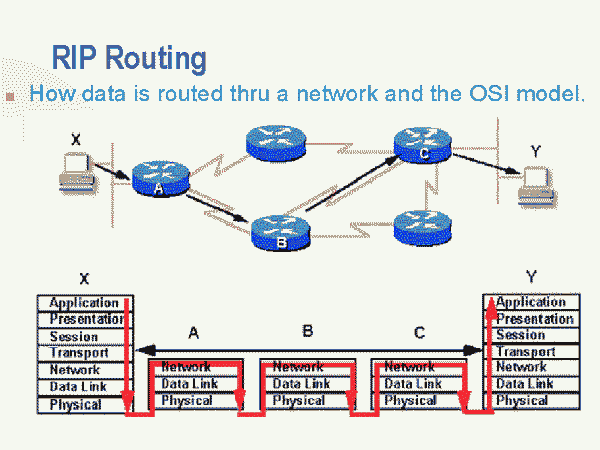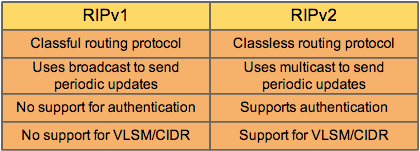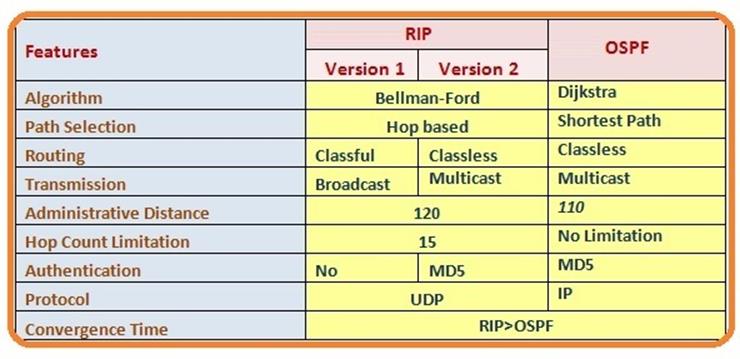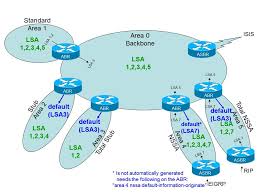Networking Basics
1: What is the definition of a network?
** A network is a system of lines or channels that cross or interconnect, or a
group or system of electrical components and connecting circuitry designed to
function in a specific manner.

2: What are network models?
** Network models provide the guiding principles behind the development of
network standards.
3: What is a network standard, and why are there network standards?
** Network standards define the rules of network communication and are like
laws that must be followed for different equipment vendors to work together.
4: What is a proprietary feature?
** If a vendor implements a feature that does not adhere to any network
standards, it is called a proprietary feature.
5: What are the three data transmission modes, and how do they operate?
** Simplex mode, half-duplex mode, and full-duplex mode. Simplex mode is oneway communication only.
Half-duplex mode is two-way communication, but not at the same time. Full-duplex mode is simultaneous two-way communication.
6: List the major characteristics of a LAN.
** The primary characteristic of a LAN is its geographic coverage. LANs are
found in a small geographic area where there is a short distance between
connected computers, as in small offices or on each floor of a larger office
building. LANs enable the sharing of office resources, such as file servers for file
sharing among users or print servers for shared printers.
7: List the major characteristics of a MAN.
** MANs are found in a metropolitan, or citywide, geographic area,
interconnecting two or more office buildings in a broader geographic region than
a LAN would support, but not so broad that a WAN would be required.
8: List the major characteristics of a WAN.
** WANS are found in broad geographic areas, often spanning states and
countries, and are used to connect LANs and WANs together.
9: What are the three parts of a frame? What is a function of each part?
** Header, data (or payload), trailer. The header is the beginning of the frame,
significant in that the frame’s source and destination are found in the frame
header. The payload is the data part of the frame, the user’s information. The
trailer identifies the end of the frame.
10: What function in a network does cabling provide?
** Cabling provides the physical interconnection between network devices and nodes.
11: List some examples of user data.
** Examples of user data include e-mail, web-browsing traffic, word-processed
documents, spreadsheets, database updates.
12: What is the best definition of network topology?
** Network topology refers to the physical or logical geometric arrangement of
interconnected network devices.
13: What is the best definition of network protocol?
** A network protocol is the communication rules and formats followed by all
interconnected devices on a network requiring communication with one another.
14: What is the definition of network media?
** Network media refers to the physical component of a network. Communication
signals traverse network media from source to destination. Some examples of
network media are copper and fiber-optic cabling.
15: What is a network origination point?
** A network connection has two ends: the origination and termination points.
The origination point is the source of the data—the location from which the data
is being sent.
16: What is a network termination point?
** A network connection has two ends: the origination and termination points.
The termination point is the destination of the data—the location to which the
data is being sent.




